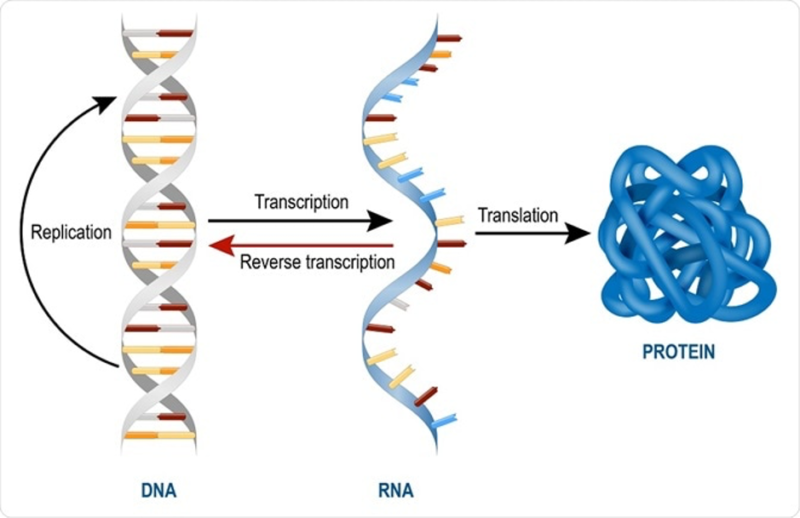A “veridical relation to the real” is how Lacan put it upon returning to France after his five-week visit to England in 1945 [1]. I have often tried to imagine what it might have been like to finally be free and to travel from France to England after having been held fast by the grip of the Nazis throughout the Second World War.
A “veridical relation to the real.” It is a beautiful phrase – unusual, and strangely flattering. It is good to look back beyond the date of my birth to a time when the English could be recognized as having a veridical relation to the real, no? But what is it, actually.
This powerful phrase might open a way to understand the policy of “herd immunity” that was announced last week by the British Prime Minister. Is this a viridical [sic] relation to the real, to think of the British people as a herd? Or is this, rather, an example of the “fairground mentality” or “phantasmagorias of our grandeur” [2] that the current UK leader is prone to. It’s time for an interpretation.
Did this leader mean to ask his people to face the real, take their chances, embrace the invader in single combat? Are we supposed to offer it a place in our lungs and airways, struggle with it in our singular way and become data for future research, rearranged letters in a new DNA sequence? My own tendency has been to want to get to know this virus more intimately, but first of all with words.
Taking a deep breath, and with properly soaped hands on a freshly cleaned keyboard, this is the way I propose to begin to respond to that particular command. I eschew the queue for loo roll and focus my attention on the invader. Entrenched with my dictionaries. Summoning up skills honed while translating, proofreading, replicating (publishing), practising, and even from the period preceding my encounter with psychoanalysis as a sociologist of science.
First approach: with respect. The name: Corona Virus. A crown. A royal thing. Each one less than 1000th of the diameter of a single hair on your head [3] – but it never goes out without its hat on. The protuberances that inspired the name “crown” (apparently due to the way it appeared via early technology used by scientists who first met it in the 1960s) are made of protein, and have the property of sticking to stuff, preferably the stuff of a human air tract and lung. These protein prongs are one of three elements that comprise this self-assembled entity we now call “the enemy”, and with which we are said to be “at war” [4].
This week I heard an analysand say that the virus has no voice, a scientist told me that it is not alive and therefore it cannot be killed. Another added that it cannot be killed, but it can be disassembled. Soap [5], he said, does this disassembling by attacking the lipid element that gives the virus its shape. Inside this round crown there exists a single strip of RNA (ribonucleic acid) that seeks out its mate in the double helix we call our DNA (deoxyribonucleic acid) [3]. It folds itself inside one strip and sets about replicating itself, drawing resources from its host and laying waste to what once thrived alive. It destroys the environment it depends on before moving on to the next. The environment – our body – tries to fight back.
Wait a minute – that sounds uncannily familiar. There is an overlapping element between the concerns of global warming and this pandemic [6].
On the other side of this twisted strip I begin to intuit … that this works the other way around.
Is this one-all-alone RNA, covered in fat, wearing a crown, already a response to a double helix, covered in fat, wearing a crown, and invading the other’s environment? This virus has achieved what Greta Thunberg asks for. An interruption in the economic programme, a grounding of flights. A time to rethink the relationships we have not only to each other but also to what might be called the world.
On the other side of this virus there appears to be something linking it to the letters of our own DNA. Lacan taught me that on the other side of the enemy we find the friend [7]. A closer look at the writing around this seems necessary now. But not without remembering the position from which it is written and the address at which it aims. Transcription, reverse transcription, replication, proofreading, translation … plus something not quite known but which has to be assumed (the subject) and something rather mysterious, slightly beyond the horizon, maybe more to do with poetry (the Other). I think I found something like this in a video poem on FaceBook that was circulating earlier this morning [8]: “A letter from the virus: Listen”.
[1] Jacques Lacan, “British Psychiatry and the War”, transl. Philip Dravers and Véronique Voruz, Psychoanalytical Notebooks, No. 33, 2019.
[2] Ibid., p. 13.
[3] Paul Beckwith and Stuart Scott in conversation on YouTube, UPFSI Channel, published 15 March 2020.
[4] “Anatomy of a killer: Understanding SARS-CoV-2 and the drugs that might lessen its power: Modest improvements in treatment could make a big difference” Economist Briefing, Economist Magazine, 12 March 2020.
[5] Pall Thordarson, “The Science of Soap – here’s how it kills the coronavirus”, The Guardian, Thursday 12 March 2020.
[6] John Vidal, “‘Tip of the Iceberg’: Is Our Destruction of Nature Responsible for Covid-19?”, The Guardian, Wednesday 18 March 2020. John Vidal is the author of McLibel: Burger Culture on Trial, The New Press, 1997.
[7] Jacques Lacan, Seminar Book I, Freud’s Papers on Technique, 1953-1954, ed. Jacques-Alain Miller, transl. John Forrester, Norton, London/New York, 1975.
[8] Kristin Flyntz, Darinka Montico, David Fesliyan, published by Films for Action (watched 21 March 2020), https://www.filmsforaction.org/watch/a-letter-from-the-virus-listen/#.XnW-eLcAd0Q.email

